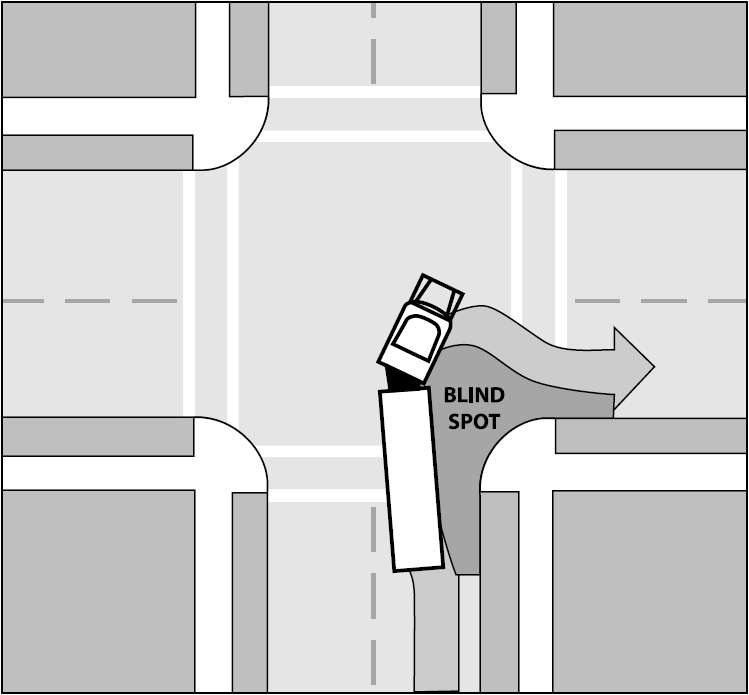

 Bay Area home sales top last year again; median drops to $300K (Holy Cow)
Bay Area home sales top last year again; median drops to $300K (Holy Cow)Bay Area home sales rose above a year ago for the fifth consecutive month in January. Home buying remained slow in pricier coastal markets but was robust in many inland areas where steep price declines have boosted affordability and, in some cases, driven sales of existing houses to record levels. The role of foreclosures in the housing market continued to grow, representing 54 percent of the Bay Area homes that resold last month. A total of 5,050 new and resale houses and condos closed escrow in the nine-county Bay Area last month. That was down 26.7 percent from 6,889 in December but up 40.8 percent from 3,586 in January 2008.
Last month's sales were the third-lowest for a January since 1988. Discounted foreclosures have helped fuel the surge in inland resale activity. They've also made it far more difficult for builders to compete with resale prices, helping to explain why sales of newly built homes fell last month to the lowest point for a January since at least 1988, when DataQuick's statistics begin. Conversely, resales of single-family detached houses hit record levels last month in San Pablo, Richmond, Pittsburg, Antioch, Oakley, Fairfield and San Pablo - areas that have attracted bargain hunters with their relatively large price drops and abundant foreclosures.
"One of the most common questions for the real estate pundits is, 'When will things get better in the housing market?' The question comes from the perspective of sellers, the industry, and those concerned about the downturn's impact on the economy," said John Walsh, DataQuick president.
"But from the perspective of a lot of first-time buyers and investors," he continued, "it's clear things have only been getting better for months. It's hard to imagine resale activity getting much stronger in many inland areas, especially if the deep discounts fade as a result of new efforts to stem foreclosures and stabilize prices."
The median price paid for all new and resale houses and condos combined in the nine-county Bay Area fell to $300,000 last month. That was down 9.1 percent from $330,000 in December and down a record 45.5 percent from $550,000 in January 2008.
The January median sale price - the point where half of the homes sold for more and half for less - stood at its lowest since it was $299,000 in December 1999. It was 54.9 percent below the peak median of $665,000 reached in June and July of 2007.
The median has fallen on a year-over-year basis for 14 consecutive months. Its dramatic plunge is partially the result of the regional decline in home values. But the decline also reflects a shift toward more sales in the less-expensive inland markets; slower high-end sales; and buyers' preference for lower-priced foreclosures.
Last month 54.2 percent of all homes that resold in the Bay Area had been foreclosed on at some point in the prior 12 months, up from 50.1 percent in December and 18.8 percent a year ago.
At the county level, foreclosure resales last month ranged from 16.4 percent of resales in San Francisco to 75.2 percent in Solano County. In the other seven counties, January foreclosure resales were as follows: Alameda, 51.9 percent; Contra Costa, 64.4 percent; Marin, 26.2 percent; Napa, 48.1 percent; Santa Clara, 45.6 percent; San Mateo, 34.1 percent; Sonoma, 55.6 percent.
San Diego-based MDA DataQuick is a division of MDA Lending Solutions, a subsidiary of Vancouver-based MacDonald Dettwiler and Associates. MDA DataQuick monitors real estate activity nationwide and provides information to consumers, educational institutions, public agencies, lending institutions, title companies and industry analysts. Because of late data availability, sales in late January were estimated in Alameda and San Mateo counties.
In October, use of FHA, government-insured mortgages allowing a down payment of as little as 3 percent rose to nearly 25 percent of Bay Area home purchase loans. That's a record in DataQuick's statistics and is up from less than 1.0 percent a year ago. At the same time, use of larger mortgages known as "jumbo loans," common in higher-cost coastal neighborhoods, continued to fall. Before the credit crunch hit in August 2007, 62 percent of Bay Area sales were financed with jumbos, then defined as over $417,000. Last month just 12.5 percent of purchase loans were over $417,000.
The typical monthly mortgage payment that Bay Area buyers committed themselves to paying was $1,297 last month, down from $1,471 the previous month, and down from $2,571 a year ago. Adjusted for inflation, current payments are 50.5 percent below typical payments in the spring of 1989, the peak of the prior real estate cycle. They are 63.4 percent below the current cycle's peak in June 2006.
Indicators of market distress continue to move in different directions. Foreclosure activity has waned recently but remains near record levels, while financing with adjustable-rate mortgages is near the all-time low, as is financing with multiple mortgages. Down payment sizes and flipping rates are stable. Non-owner occupied buying activity has edged higher recently and is above-average in some markets


